Compostmodern 2011: We are all "setting on ready."
by: Core77, 2011-01-24 14:35:00 UTC

Day 1 of Compostmodern ended with a whirlwind of thought-provoking presentations. The day started by affirming that we all have a role in sustainability and then offering us the tools necessary to tell that story. The afternoon then provided us with a glimpse into the world of those doing the big work and it whetted our appetites for Sunday's Unconference, an opportunity to put ideas into action.
As someone who is democratizing sustainable design through her work in impoverished countries, Heather Fleming, Founder and CEO of Catapult Design, profoundly stated that, "We are not the powerless people in this equation," especially as the majority of the world is simply striving for modernity. By taking the skills that each of us has, we can increase the reach of our sustainable design capacity.
Lisa Gansky, author of The Mesh, is hoping to create a fundamental shift in our relationship with stuff by pursuing "better things easily shared." Much like the economic principle of excessive capacity, Lisa points to phenomena like Zipcar and pop-up shops to exemplify how simply having access to "stuff" (without the need of owning it) can build more lasting experiences.
A self-proclaimed Dionysian thinker, Dan Phillips of The Phoenix Commotion stressed us that the constant pursuit of perfection can drive waste. He has built a community, literally, out of organic processes that allow each of his apprentices to reconnect with their primal sources of humanness.
Nitzan Weisberg, professor at Stanford's d.school, pointed to her process of doing laundry to show that identities are cultural constructs that are subjective. What is profound about this is that means they can be changed. She encourages us to bring sustainable design back to a human centered process. By reframing the sustainability problem, we open the floodgates to different solutions that move from sustainable products to "sustainable interactions."
If you want to see where this is happening, just head to the Pratt Design Incubator at the Center for Sustainable Design Studies. The Incubator's Founder, Deberah Johnson, compared cowboys to entrepreneurs where both are "setting on ready" with the "want to", but entrepreneurs need the "how to." By manufacturing both chaos and structure in the incubator, entrepreneurs are given the resources needed to find their how to.
Marc Mathieu, Founder of Bedo and the former head of Global Brand Marketing at Coca-Cola, provided us with a provocative five minute presentation on the "wonderful world of consumption." Marc argued that consumption is essentially the embodiment of the American dream so our challenge is to rethink consumer goods so that they embrace some of the very issues that to which they contribute. If you are a corporation that uses large amounts of water in your processing, it's time to start dealing with water issues.

The final speaker of the day did not need any introduction. A prolific author, designer, innovator and educator, Bruce reminded us that 99% percent of the world does not receive a college education. He then asked us to ponder the possibility and potential that would be unleashed if we simply doubled the number receiving that education to 2%. Using his massive change framework, Bruce is seeking to massive change education so that it becomes inclusive rather than exclusive. As designers, but more importantly as citizens, we have the opportunity to release into the world "the energy and expertise of a whole generation."
Jessica Watson is completing her second semester of the innovative MBA in Design Strategy program at California College of the Arts' where she is focusing on sustainability and social entrepreneurship. This is her first Compostmodern conference, but she is sure it will not be her last.
(more...)


jamy yang: jiujie chair for steelcase
by: Designboom - Weblog, 2011-01-24 09:40:00 UTC
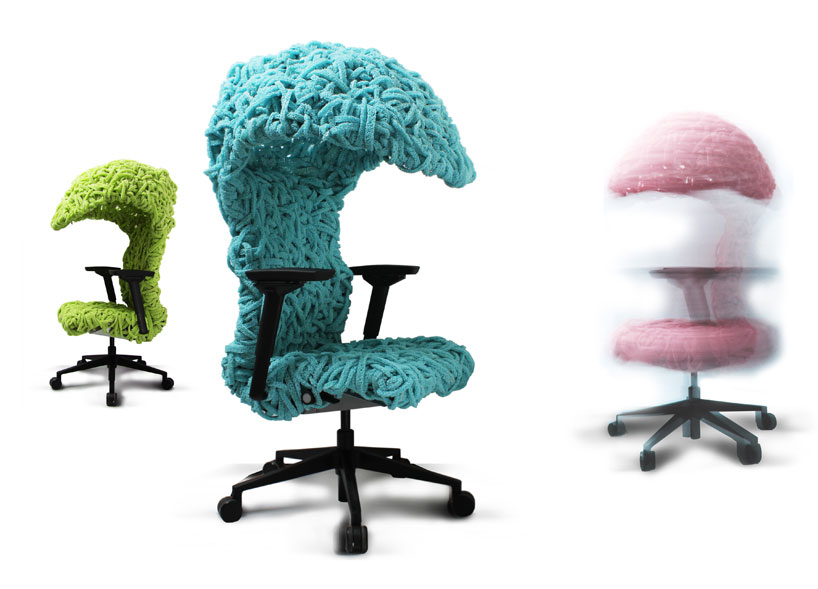
the task seating designed for the office is made from an eco-plastic that is woven to create a nest like effect.
read more
air-purifying dress
by: Designboom - Weblog, 2011-01-24 17:34:00 UTC
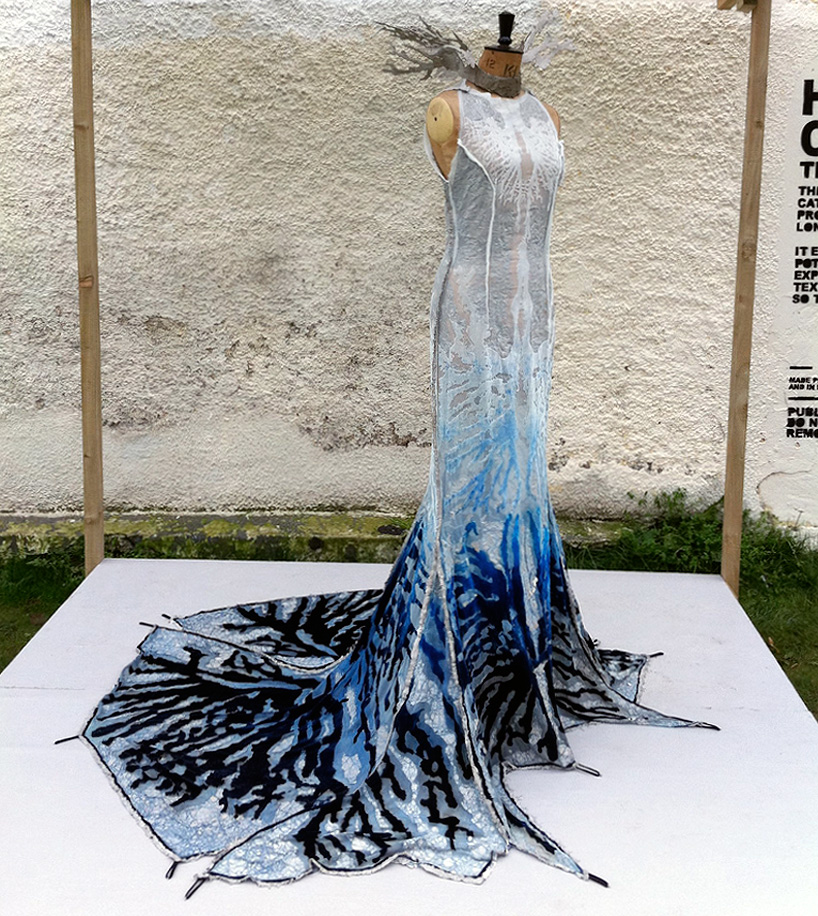
part of a larger project that seeks crowdsourced solutions to address the poor quality of air in urban spaces, the prototype dress utilizes pollutant-absorbing concrete to purify the air as it is worn.
read more
Human-powered monorail system to provide a green commuting option for the future
by: Ecofriend, 2011-01-24 07:29:15 UTC
Attitude:

It is hard to believe that at the rate at which we are going, there will not be much fossil fuel left to consume in a matter of a century or so. In fact, we might not even have that long before all our natural non-renewable energy sources are burned away into clouds of carbon emissions. That is exactly why the inventor of Rollerblades and the Rowbike, Scott Olson, has come out with SkyRower and SkyRide Technology.
In the case of the SkyRower, you will be suspended safely in a cabin underneath a monorail hanging above the round and you can row yourself to any place that you wish (and obviously the monorail goes!) yup, this one involves considerable amount of cardio and that is probably not bad considering most of us pay a fortune for the gyms that we go to twice a month.
The second one is the SkyRide, which will cater to us lazy ones as it will be powered electrically and hence the rowing part is done away with. The good thing about the technology is that it is emission free and if we can indeed produce the electricity required to drive SkyRider from solar panels, then this is an absolute green-winner.
Olson is currently in Abu Dhabi pitching the idea to the rich dudes in the Middle East who seem to be interested in using this monorail transportation system in Masdar City. Maybe even the Ferrari World will take it up, you know with little hanging scarlet Ferrari carriages!
The concept of the SkyRider is nothing new, as it has been present in the form of an amusement attraction in New Zealand under the name of “Schweeb.” Hopefully it can now go global.
Via: Greenprophet


 A BRILLIANT STORAGE IDEA: Staircase Drawers
A BRILLIANT STORAGE IDEA: Staircase Drawers
by: Inhabitat , 2011-01-25 00:00:14 UTC

Here’s a brilliant idea that leaves us wondering – why didn’t we think of this first? Despite our penchant for 2-in-1 furniture, we’ve never seen anything quite like this before. Regardless of attempts to be organized in the modern world, most of us continue to be ashamed of one (or eight, in my case) junk drawers around the house- black holes filled with old receipts, pens, and random trinkets. But now you can flaunt your junk drawer with Unicraft Joinery’s simple yet brilliant under-the-staircase drawer solution.


Read the rest of A BRILLIANT STORAGE IDEA: Staircase Drawershttp://www.inhabitat.com/wp-admin/ohttp://www.inhabitat.com/wp-admin/options-general.php?page=better_feedptions-general.php?page=better_feed
Permalink |
Add to
del.icio.us |
digg
Post tags: small spaces storage, space saving solution, staircase storage, Under stair storage, Unicraft joinery
Intematix Shines a Light on New Technology for LEDs
by: Design & Innovation | Design | GreenBiz.com, 2011-01-20 12:45:00 UTC
Lighting materials firm Intematix takes the wraps off a product called the ChromaLit, which its makers say improves upon the benefits of conventional LEDs by providing higher quality, better-looking, energy efficient light while eliminating key disadvantages.

 How and Why to Strip Conflict Minerals From Your Supply Chain
How and Why to Strip Conflict Minerals From Your Supply Chain
by: Design & Innovation | Design | GreenBiz.com, 2011-01-20 20:14:59 UTC
What should companies be doing to comply with new U.S. rules on sourcing conflict minerals?

 Up Close With Berkeley Bionics' eLEGS: An Exoskeleton That Allows Paraplegics to Walk [VIDEO]
Up Close With Berkeley Bionics' eLEGS: An Exoskeleton That Allows Paraplegics to Walk [VIDEO]
by: fast company, 2011-01-21 20:44:11 UTC
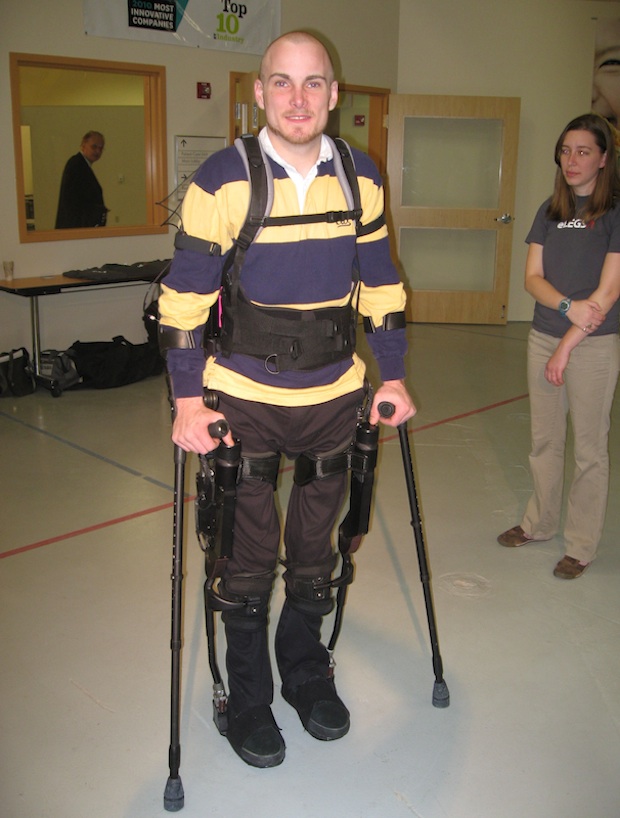
When Berkeley Bionics first unveiled eLEGS, an artificially-intelligent bionic exoskeleton that helps paraplegics to walk, it created a stir throughout the tech community. Everyone wondered: Could this be the big breakthrough that gets wheelchair users back onto their feet? After witnessing the eLEGS in action this week at Kaiser Permanente's Garfield Innovation Center, we're hopeful that the answer is yes.
ELEGS was revealed to the public last October, but Berkeley Bionics has been working on exoskeletons for the past five years. Originally, the company was focused on military uses, but now Berkeley has ambitions to bring eLEGS into the homes of paraplegics everywhere.
The lithium-ion battery-powered device is fairly simple to use--wearers can secure the eLEGS' Velcro straps and clips to themselves in a matter of minutes once they have had a little practice. The device's gesture-powered interface senses where users intend to go and acts accordingly.
Practiced users can walk as fast as two miles per hour, and eLEGS pack enough battery power for four hours of use before recharging--much longer than average users would need. In any case, says Berkeley Bionics VP of engineering John Fogelin, adding more battery cells is easy. The eLEGS take approximately an hour and a half to charge from a standard outlet.
Next up: bringing eLEGS to five to 10 rehab clinics across the U.S. by the end of 2011. After that, Berkeley will make the 45-pound device even lighter and bring it into homes by 2013. At that point, Fogelin estimates that it cost between $30,000 and $50,000, or approximately the same price as a high-end wheelchair.
And as for the users? Berkeley Bionics brought along Ted, a
paraplegic who has spent upwards of 40 hours at a time testing eLEGS, to
show off the technology. Ted walked around with relative ease (as you
can see in the video below), and can go from his wheelchair into the
walking position in under two minutes. He tells FastCompany
that he can even walk in zigzags and circles using the eLEGS. "It
responds to what you command it to do," he says. "It's exactly what I
wanted to feel--tall, and like I can walk a normal walk."
That's the highest praise Berkeley Bionics could hope for.
[video_twistage 1]
Ariel Schwartz can be reached on Twitter or by email.


 Now You Can Buy Bloom Energy's Mystical Fuel Cell Electricity Without Any Gizmos
Now You Can Buy Bloom Energy's Mystical Fuel Cell Electricity Without Any Gizmos
by: fast company, 2011-01-21 14:52:22 UTC
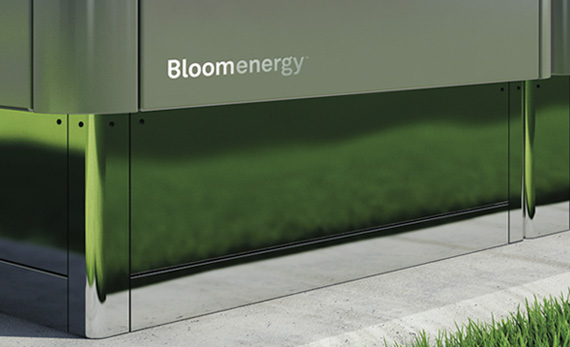
Back in February 2010, Bloom Energy hit the news in a big way with its mysterious fuel-cell "Boxes" tech powering tech giants like Amazon. Now it's trying a new thing with "Electrons," selling its clean energy to customers without them needing to buy hardware.
Bloom's PR is extremely confident in tone: "The Bloom Electrons service allows customers to lock in their electricity rates for 10 years, delivering fixed predictable costs and significant savings versus the grid" and the system allows "immediate cost savings with no initial investment, making onsite clean, reliable, affordable energy more accessible."
The trick is that Bloom delivers, installs and, then runs and maintains the Bloom Boxes on customer's sites--the clients no longer have to fork over the usual fee (close to a million dollars) to buy the Boxes themselves. It's clever, definitely a boon on the client side (since Bloom promises they can "immediately save up to 20% on their energy bills") and it'll likely result in Bloom's systems finding many, many more customers. The eco-payoff of this is also undeniable.
Simultaneous with this expansionist effort, Bloom's revealed a number of customers--and some of them are big names indeed. CalTech is one we haven't seen before, which is installing a 2-megawatt system, and Walmart, Coca-Cola, Staples are labeled as "repeat customers."
Bloom notes that its current fleet has provided "over 40 million kilowatt-hours" of power, and "eliminated approximately 45 million pounds of CO2 emissions." With the new effort, and roll-out of 200 new systems (at first) delivering 20 megawatts, those figures are going to definitely leap upward.
To read more news on this, and similar stuff, keep up with my updates by following me, Kit Eaton, on Twitter.


 Compostmodern
Compostmodern
by: fast company, 2011-01-14 20:38:37 UTC
How to design an eco-design conference? Pick a setting (San Francisco, home to more green jobs than any other city in America) and invite a bunch of companies to give inspirational talks (Ideo, Stanford's d.school, GoodGuide, Obama for America). After the first day, when everyone tires of speakers, schedule a daylong "unconference," full of free-form presentations and project incubation. People will share, they'll kibitz, they'll finally corner Yves Béhar long enough to pitch him that idea for a sustainable dolphin fanny pack. But wait a sec -- isn't that just more conference? Those earnest designers can be so sneaky. -- Michael Silverberg
Sat, January 22
Self-Organize
Compostmodern
Have an event to share? Email calendar[at]fastcompany[dot]comVisit the FC Now Blog or Calendar App for more events.



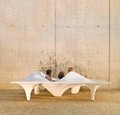
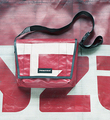

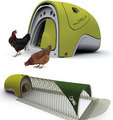


Comments by our Users
Be the first to write a comment for this item.